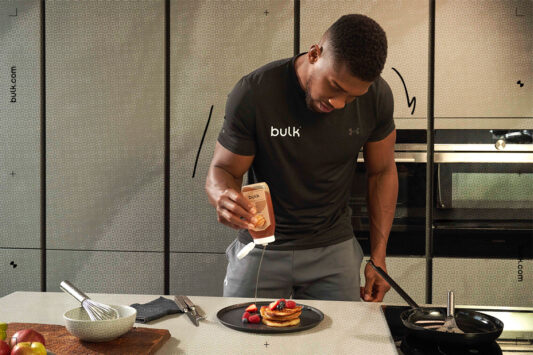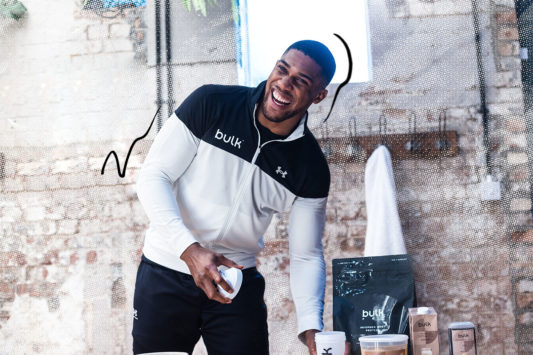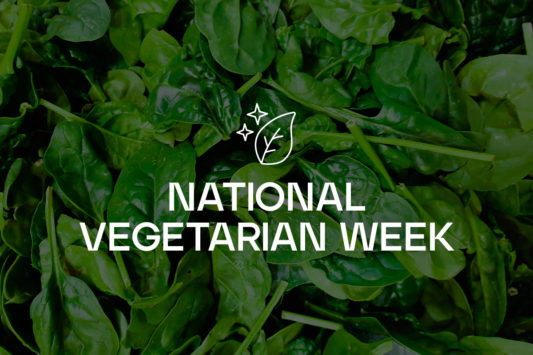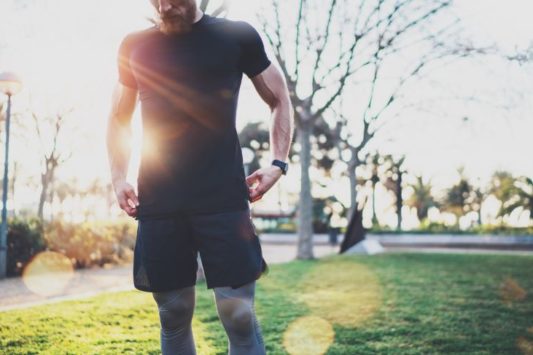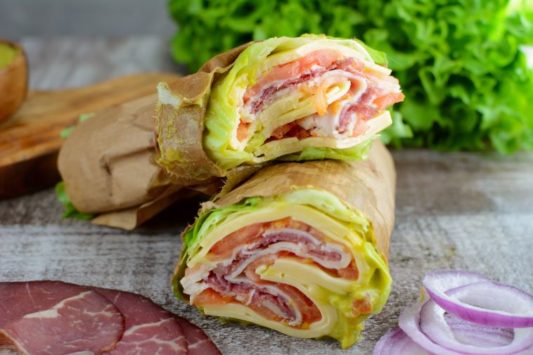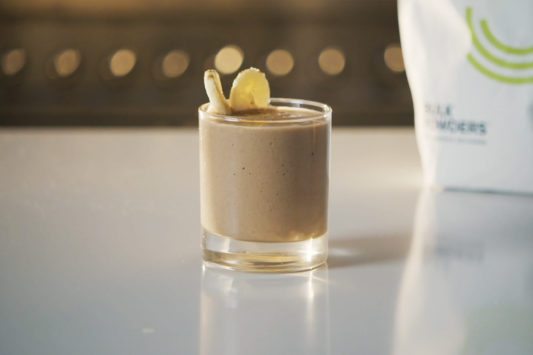Fat loss might not be easy, but it should be simple. Don’t sweat the minute details until you get the basics right. Here’s your fat loss 101.
Calories in, calories out.
In order to lose fat, you need to create a calorie deficit. That is, you need to either take in less than you use (by eating and drinking fewer calories) or use more than you take in (by increasing activity). At the bottom line, it really is a case of calories in (from food and drink) vs calories out (from your BMR, your daily activity, your NEAT (Non-exercise activity thermogenesis) and your training). So be sure you know how many calories you’re taking in (by tracking your nutrition) and can make a good guesstimate about calories out.
Calculate your BMR.
Assessing calories out starts with knowing your BMR. Basal metabolic rate is the minimum energy used by your body to perform basic functions like breathing, cell repair and digestion. BMR takes care of all the basic stuff way before walking and certainly way before lifting and cardio. Use an online calculator to find your BMR. Popular calculations include the Harris Benedict formula and the Mifflin-St. Jeor equation.
Creating a (small) calorie deficit.
Now you know what your BMR is, you can make a good guess at your daily caloric needs once you add in activity, training, cardio and NEAT activities. In order to lose fat slowly and sustainably, you need to create a small calorie deficit every day. Some people aim for 500 calories per day, and others prefer a 10-15% deficit. Decide whether you want to create this deficit from reducing food and drink calories, upping activity, or a combination of both. Don’t go too low with your calorie deficit, and boost your health and immunity whilst dieting with vitamin C.
Here are some secrets from the inside track of naturally lean guys and girls:
Increase protein intake.
Even when you cut calories, you must stay on top of your protein intake. 2g per kilo of body weight is a good guide. Get protein from quality lean meats, fish, eggs, seafood and a good whey protein (choose a great quality whey protein powder which will digest well after your workouts and deliver a rich amino acid profile).
Drink plenty of water.
This will help digestion, nutrient absorption and support the lymphatic system, all of which will make it easier to lose fat. Whilst you’re losing fat, add BCAA powder to your water particularly during training. This will help protein synthesis and muscle maintenance.
Make sure you’re getting a good amount of fibre.
Fibre from whole foods and supplements like psyllium husks will keep you regular, and support your digestive health so you absorb as much nutrition as possible from your fat loss diet. Psyllium husks are a favourite of bodybuilders as the powdered husks can be added to smoothies and shakes or included in baking recipes.
Avoid processed foods.
These are likely to be high in trans fats, excess sugar and other ingredients which won’t help your fat loss journey. Instead, aim for plenty of vegetables, fruit and berries, lean protein from chicken, turkey and red meat, fish and seafood (including oily fish), eggs and liquid egg whites, and great carb choices like oats and superfine oats, sweet potato, rice and other grains. Coconut oil is a great source of fat whilst dieting, as MCTs are more likely to be used for energy rather than stored as body fat.
Lose fat, not weight.
Watching the scale weight is important, but it’s not the be all and end all of fat loss. Track reduction in waist measurement, too. Remember to train in order to maintain muscle mass whilst you’re dieting.
Your fat loss macro split.
There’s no evidence that a low-carb macro split is any better than a low-fat approach for fat loss. Your macro split should complement your lifestyle and your food preferences. If you feel better on higher carbs and don’t really care for higher fat foods, then prioritise carbohydrates over fats. If fats make you happy, then lower carbs as much as you can without sacrificing performance, sleep or mood, and enjoy the foods which will keep you sane on your fat loss diet. Your priorities should be protein, healthy amounts of fibre, and enough essential fats for brain and hormone health. After that, carbs and fats can fight it out for your calorie allowance. The important thing is to plan a diet which doesn’t make you miserable, or feel deprived.
About the Author:
Nicola Joyce has been writing for (and about) sport, fitness, nutrition and healthy living since 2004. She’s also a keen sportswoman: her background is in endurance sport but she now competes as a natural bodybuilder, most recently winning a world title with the INBF. When she’s not writing content, she can be found blogging. Follow her here www.nicolajoyce.co.uk and on Facebook & Twitter (@thefitwriter) too.










